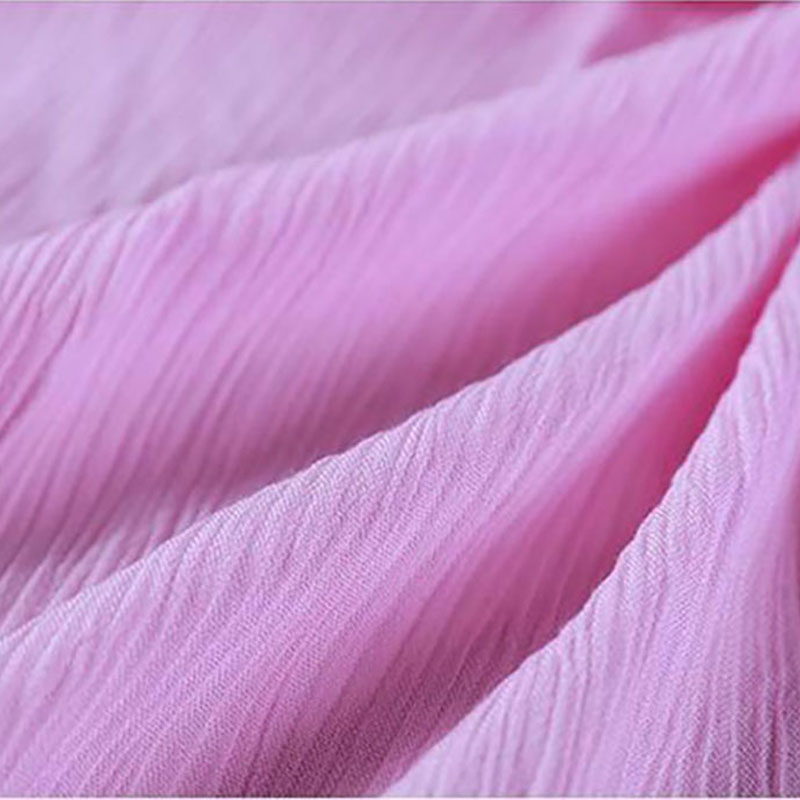In daily life, the durability of clothing is often one of the important factors that consumers consider. Through scientific fabric selection, you can effectively improve the durability of clothing. Here are a few key tips I have summarized to help you make more informed decisions when buying clothes.
First of all, when choosing fabrics, wear resistance is an indicator that cannot be ignored. The fiber structure and textile process of the fabric determine its wear resistance. For example, polyester fiber is widely used in sportswear and work clothes because of its superior wear resistance. At the same time, you can pay attention to the thickness and density of the fabric. Thick fabrics are generally more durable.
Secondly, durable clothing should not only be wear-resistant, but also comfortable. Natural fibers such as cotton and wool are excellent in comfort and can effectively absorb moisture and breathe freely, making them suitable for summer or early autumn. Although synthetic fibers are wear-resistant, they may lack in comfort. Therefore, it is important to find a balance between durability and comfort.
Different occasions require different fabrics. For example, formal occasions usually require the fabric of the clothing to have a good sheen, while casual fashion can choose a more relaxed material. After understanding your needs, choosing the right fabric can extend the life of the clothing.
Finally, the maintenance of clothing will also affect its durability. Proper washing and care methods can effectively extend the service life of fabrics. For example, washing in cold water, avoiding direct sunlight, and using gentle detergents can help maintain the performance and appearance of fabrics.
By choosing the right fabric and scientific maintenance methods, you will be able to effectively improve the durability of your clothes and ensure that your clothes remain in good condition after multiple wears. I hope these tips will be helpful to you in choosing clothes.


